

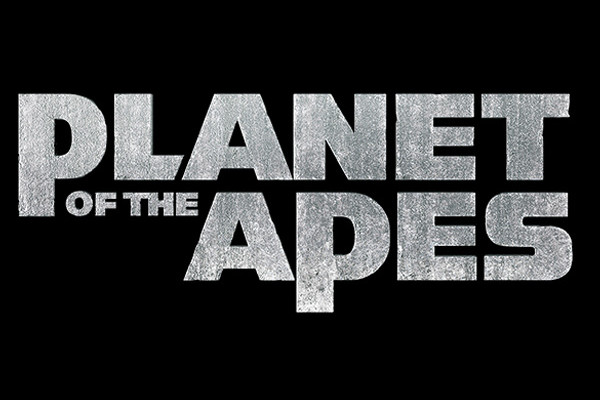
Article originally published in February 2018 to coincide with the 50th anniversary of the films. Updated December 2024 to include the latest entry, Kingdom of the Planet of the Apes.
The entire film series is available from Amazon, including the latest entry, Kingdom of the Planet of the Apes. Please join me as I look back over all the films, and rank them worst to best?
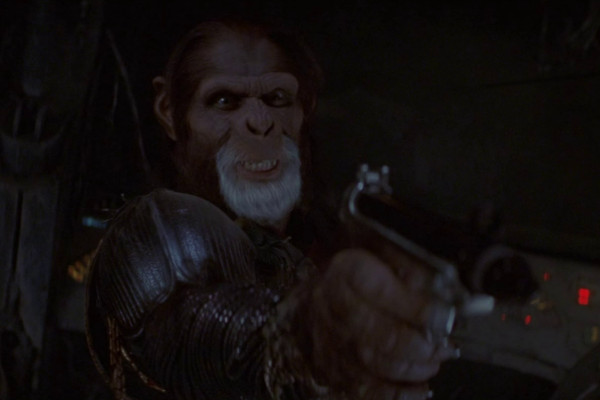
Marky Mark and the Monkey Bunch - Tim Burton's worst feature - reboots the franchise and reconfigures it as a popcorn chomper. The ape prosthetics are understandably far more advanced than those in the 60s and 70s, but the contrived plot and frequently trite dialogue betray the lack of respect for the intelligence of the audience.
Ironically, one of the most slighted elements of the movie is actually one of the best, and misunderstood - an ending that was seen by many as a witless reversal of the twist in the original film, but is closer to the ending of the source novel by Pierre Boulle. As a result it may be one of the few genuinely strong moments of a poor film, one which was a box office hit, but ultimately wasn't followed by any sequels. It must also be remembered that Boulle's novel was a satire, and therefore showed a level of wit and invention generally missing from this hollow spectacle.
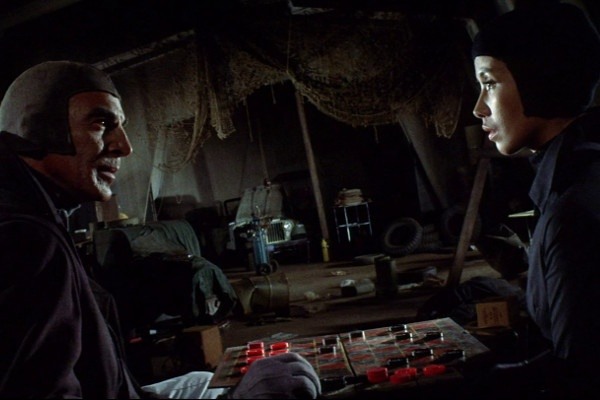
The budget for the final two movies of the original series was cut to less than $1.8 million dollars, and this lack of faith really does show on screen. Battle can be tedious, often childish, and the "Planet" for which it battles is more like an allotment, but it's not a terrible picture, more just a forgettable one.
At this stage the timeline of the series is so wrapped up in knots that the setting of the film (c. 2001, around 1977 years before the first movie) is further confused by having a bookending sequence in 2670, explaining what took place.
Worth a look is the extended version, which restores around 10 minutes of footage pruned from the standard cinematic release. It not only incorporates more brutal violence, making the picture seem less of a kid's runaround, but features a scene where the remaining mutated humans, as pictured, play draughts and debate whether or not to use the nuclear bomb in their possession. Their decision to keep it as a deterrent to ensure their safety, and worship it accordingly, does help to give retroactive credence to some of the more "out there" plot elements of the second film.
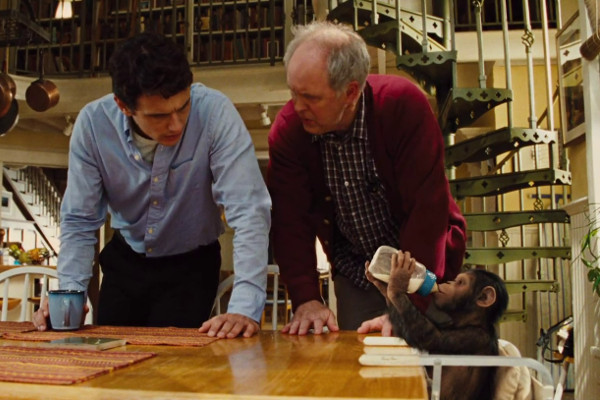
When this article was originally published, I initially said that Rise of the Planet of the Apes hadn't aged especially well in just seven years. That might no longer be the case in a post-COVID landscape, where its viral breakout story is very prescient. However, the reason why it hadn't stood up that well is largely because it's the opening chapter, and so is naturally exposition-based. There's a lot required of it, a film that has not just a story to tell of its own, but the beginning of an entirely new saga. It benefits from the Tim Burton movie effectively killing all enthusiasm for the series stone dead - consequently not much was expected of a second reboot, and it was allowed to become a sleeper hit without the weight of expectation placed against it.
However, while the two follow-up sequels expanded on the characterisation, the characters in Rise are very broadly drawn, with arguably none of the humans developing beyond two dimensions. In fact, Freida Pinto's pretty-yet-dull Caroline Aranha barely has a character at all. As with Dawn, there is an unfortunate tendency for the final act to discard museful intelligence in favour of high-octane spectacle, but if this was a ranking of which of the films are loved the most, rather than which are objectively better, then this and the following entry would be placed considerably higher. Despite the relatively low placing here, the second reboot remains the only one of the Apes series to have no poor entries.
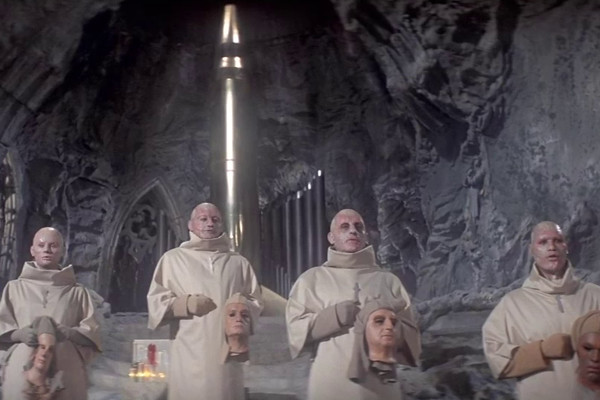
Just the second film in the series, and already the apes story is narratively redundant. Not just in the way that it retreads the themes of the first, or the way in which - spoiler - Charlton Heston insisted he destroy the entire planet at the end. But here the film already doesn't know what to do with its basic premise, and takes the metaphors of the original and renders them literal. So it is that, with Vietnam being protested on the streets of America, we get the apes… as war protestors. A subtle analogy this is not.
Thankfully, the film has something new to offer, albeit in the guise of pure pulp SF: a tribe of underground, telepathic mutants with no flesh, all worshipping an atomic bomb. The mutants would return in Battle, though in a form long before their ultimate mutation. While some of the depictions point to a film made long in the past - particularly a Mutant credit that reads "Negro" - they're goofy fun, and make for one of the most offbeat entries to the series. Beneath is schlock, but it's fun schlock, and almost deserves a higher placing on its entertainment value alone.
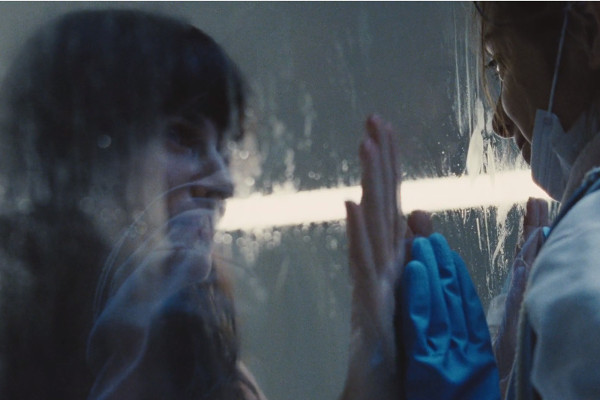
Perhaps the oddest entry on this list is "Before The Dawn". Not strictly a "film", as such, it is instead the collective title of three shorts designed to bridge the gap between Rise and Dawn, used as a promotional tool for the release of the latter. The three shorts are: Quarantine (directed by Isaiah Seret), All Fall Down (directed by Daniel Thron) and The Gun (directed by Dylan Southern and Will Lovelace). The third is the longest of the three, clocking in at almost fourteen minutes, but even combined the three have a sparse 25'18m runtime.
What makes it all so strange is that the three shorts are so obscure. Produced by Vice: Motherboard, the shorts have, it appears, never been released as a buyable product, and are omitted from all the official Fox sites who sanctioned them. Although they appear on the Vice Motherboard site and they're freely available to watch online, they have, at date of writing, yet to get more than a dozen votes each on the IMDb. Compare this to the two Apes movies they promote, which have more than 360,000 votes each on the site. Their official YouTube uploads have seen them watched just over an average of 970,000 times each as of the end of 2017.
Produced on an extremely tight deadline and to budget (the first was greenlit and completed within two weeks) they're more about mood than narrative, in the main, a series of three appetite-whetters rather than a crucial plot piece. Nicely made, they're an interesting take on the human perspective, though be aware the limited budget means that the apes are not seen.